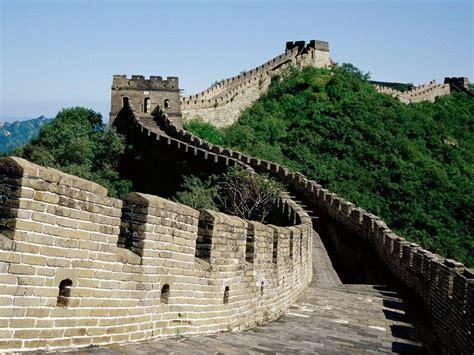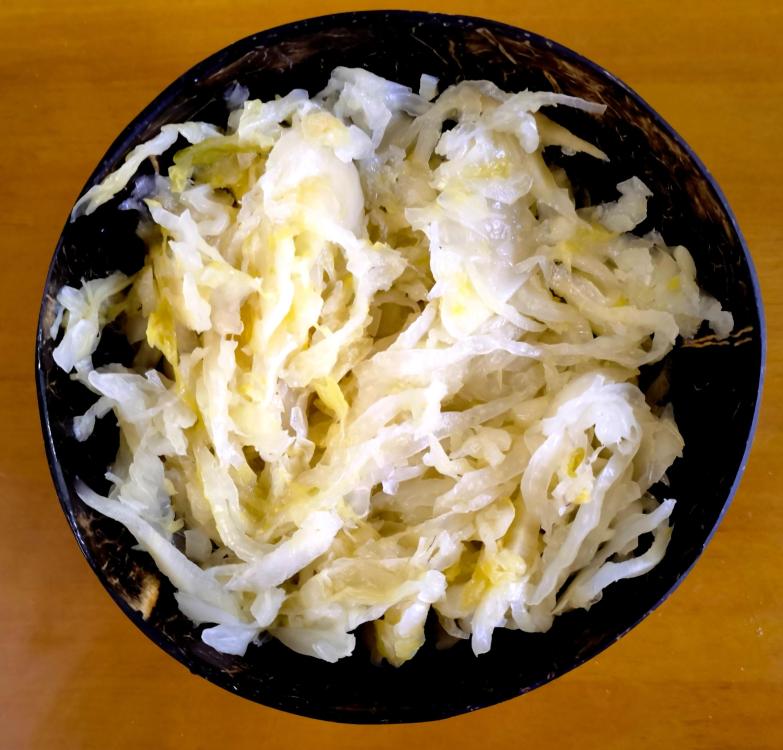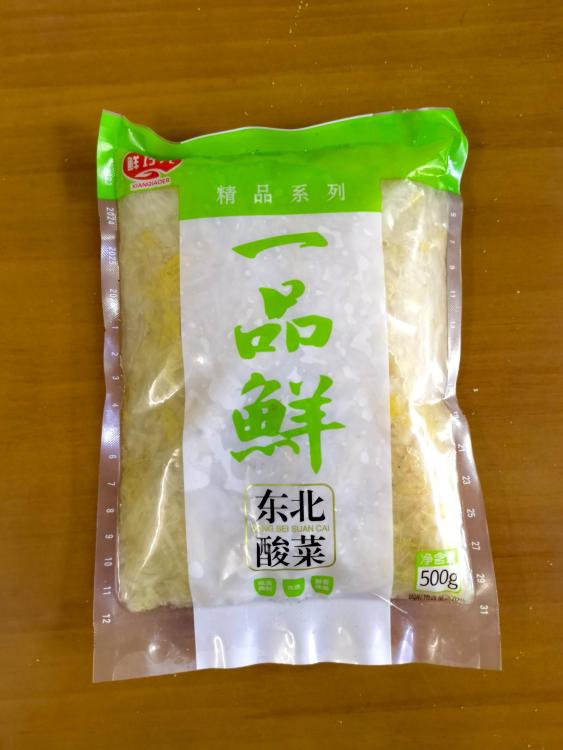China is extremely proud of its Great Wall, taking all foreign dignitaries to visit and also promoting it to every tourist. It is surely one of the most defining images of a country along with France's Eiffel Tower, the USA's Statue of Liberty and the UK's Tower Bridge.

Great Wall - Public Domain image
What they never mention is that their 'great' wall was never finished and was a total failure in meeting its objective. Or that the bit most tourists visit (including the late Queen Elizabeth II in 1986) was built in the 1970s by the People's Liberation Army, the original having been repurposed by local villagers to built their privies.
Mrs Queen on Great Wall 1986. PD Image
But we do have the benefit of knowing what the builders had for lunch and dinner. Archeological studies show they lived predominantly on boiled rice and pickled cabbage.
When Ghengis Khan, the Mongol leader easily breached the wall they were building to keep him and others out, he found the pickled cabbage and mistook it for a weapon of mass destruction, so immediately set out for Europe, taking it with him to subdue the barbarians.
In what is now Germany, they translated his name for the weapon, ᠬᠦᠴᠢᠯ ᠨᠣᠭᠣᠭᠠ ᠃ into their tongue as 'sauerkraut', meaning 'sour vegetable', but with 'kraut' usually meaning 'cabbage' the only vegetable available in Germany at the time apart from sausages.
Something of a coincidence because the Chinese Khan left behind also translated it. Because they didn't speak German, they translated it into Mandarin as 酸菜 (suān cài), literally sour vegetable, but with 'cài' usually meaning 'cabbage' the only vegetable available in Beijing at the time. This 'cài' is the origin of the pseudo-Cantonese 'choy' used in the West in 'bok choy' etc.
Dongbei Suan Cai
Hearing that this concoction was employed in wall building, the Germans, anticipating that they may one day have to build a wall themselves, adopted the dish as their own.
The Chinese, meanwhile anticipating that they might one day have to repair their wall to show off to passing queens, also kept up the production of sour cabbages.
S: 东北酸菜; T: 東北酸菜 (dōng běI suān cài) is sometimes called 'Chinese sauerkraut' although, to be more accurate, sauerkraut is 'German 酸菜'.
Dongbei means East-North and refers to the area which used to be called Manchuria on account of the Manchu people, another group who ignored the wall built to keep them out and took over China, conquering Beijing in 1644. Whether they used cabbages or not, I don't know.
In the 1930s, Japan also ignored the wall and took over Manchuria until 1945 which turned people against them and so, in revenge, the communists changed the name so the Japanese couldn't find their way back. The Chinese kept making stinking cabbage though, rather defeating that subterfuge. Beijing smells of cabbage. Follow your nose.
And still to this day, Dong Bei Sour Cabbage is made by home cooks and in factories to be sold all over China. It consists of napa cabbage, salt and water and is fermented by ambient yeasts. Commercial varieties add sodium sorbate as a preservative. $1 USD / 500g.
Dongbei Suancai
Down in the south of China, not wanting to be thought of as cabbage heads, the people make their 酸菜 from mustard greens instead.
And no, the Great Wall can't be seen from space although the cabbage can probably be smelled.


.thumb.jpg.d24a284d5d13557a25aa0178eb6da892.jpg)


